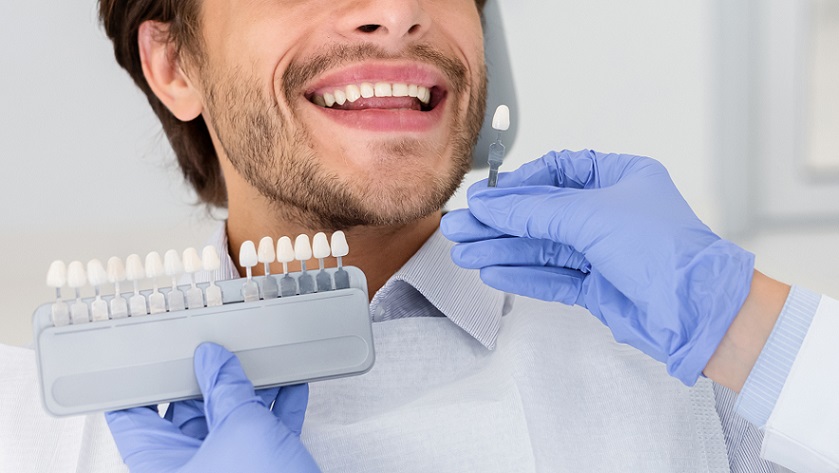What Are Scale and Polish?
A scale and polish is a professional procedure used to clean your teeth and gums. It is quick and pain-free and is usually performed by a dental hygienist and is vital for good dental care. Though it is a preventative measure, it can potentially reverse
gum disease.
Even if you have a stellar oral health routine and are the poster person for pearly white smiles, proper teeth cleaning bi-annually is highly encouraged. This is because everyone is susceptible to plaque and tartar buildup around their teeth, which cannot be removed by brushing alone. If left untouched, more plaque can accumulate even under the gum line and leave you needing treatment for gum disease, and a costly dental bill.
Your dental staff has undergone expert training and uses state-of-the-art technology to remove stubborn stains and plaque deposits around your teeth and gums. A regular scale and polish can ensure a healthy and gleaming smile year-round.

What to Expect at a Scale and Polish
In short, the scale and the polish procedure is a 2-step process that involves the hygienist scaling or scraping, the plaque and tartar from the surface of your teeth and gum line using a tool called a scalar.
After the grimness from your teeth has been scraped off, your teeth will then be polished. In this step, a small rubber cup with a mildly abrasive polishing paste is typically used to buff the exterior surface of the tooth. Here, we aim to remove stains and smoothen the tooth’s surface to prevent plaque buildup and reduce the chance of gum disease and other dental issues.
Here is an overview of the whole procedure:
- The hygienist will examine your mouth to check for any major dental issues. If there is an issue present, the dentist will have to step in and correct it before any scaling.
- Step 2 is to remove the plaque and tartar. Bacteria accumulate in the mouth and mineralise into a hard substance called tartar. An ultrasonic scalar is used to scrape off the hardened deposits from around the gum line and between the teeth.
- The leftover debris is then rinsed out first with a jet wash and then with a fluoride mouthwash. Your dentist will then floss between your teeth and a repeated rinse ensues.
- When your dentist is happy with your descaled teeth it is time for the polish. A rotating pad (kind of like a super-fast electric toothbrush) and polishing paste gently buff the surface of the teeth. Sometimes an air-polish tool is employed to remove tough stains. But they essentially end up in similar results which are cleaner, smoother teeth.
- The final step involves flossing between the teeth and an application of a protective fluoride coat.
Does it Hurt?
No, the procedure is painless and quick but you may feel some sensations or pressure in your mouth. If you’re anxious about the process, speak to
your dentist or hygienist and they will do their best to make you comfortable. They may even offer a numbing gel if you’re extremely nervous.
Can it Whiten Teeth?
The ultimate goal of a scale and polish isn’t to visibly whiten your teeth but removing the stains may make your teeth slightly whiter. If you’re interested in
teeth whitening, there are treatments for that on offer at many dental clinics.
While a professional scale and polish treatment is recommended for a more comprehensive clean, it is up to you to instill good oral care habits every day. Brushing twice daily and flossing will help manage a healthy mouth and help prevent many
oral diseases.



